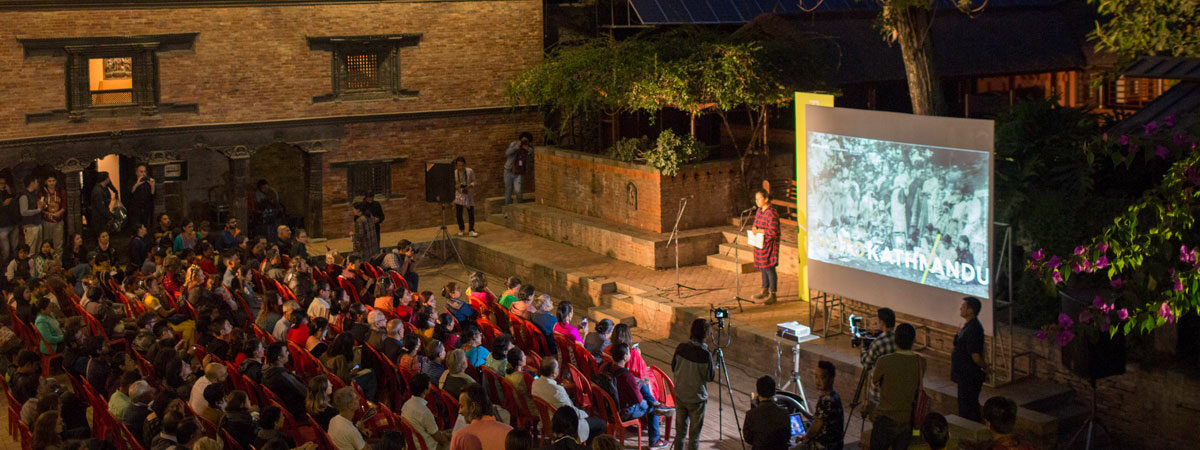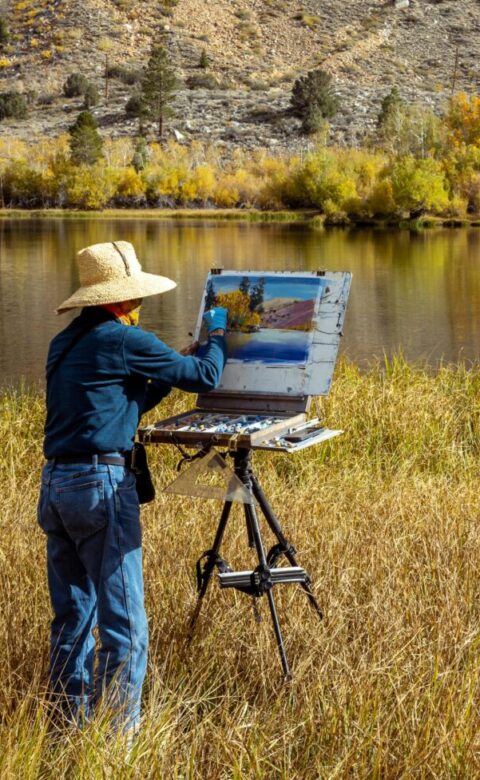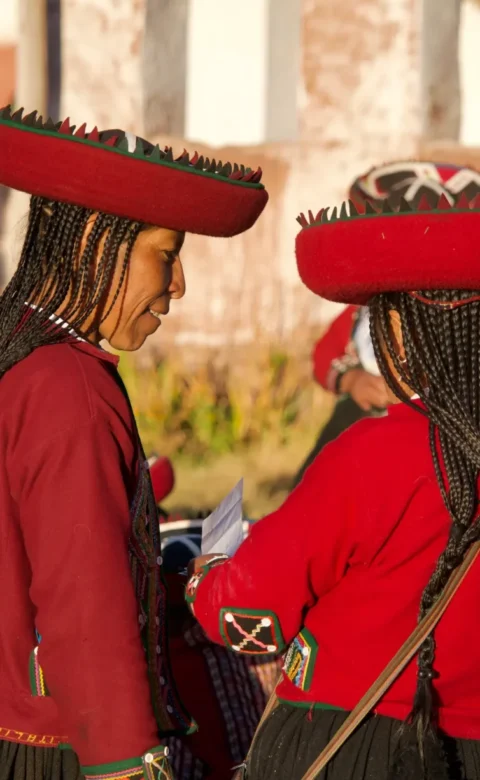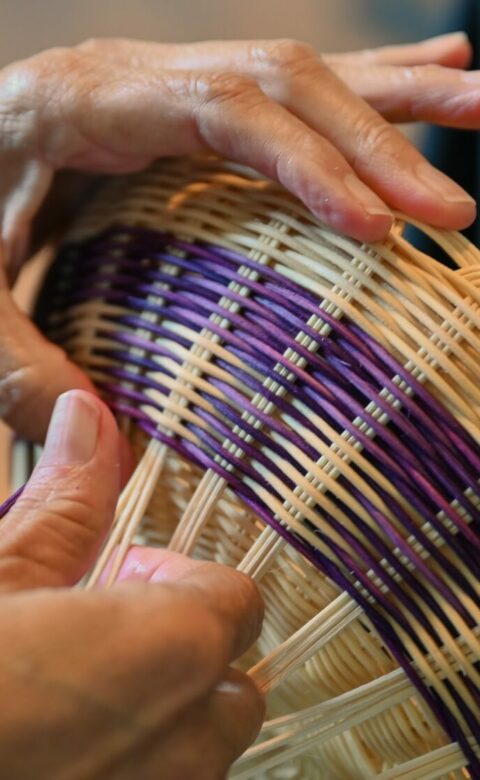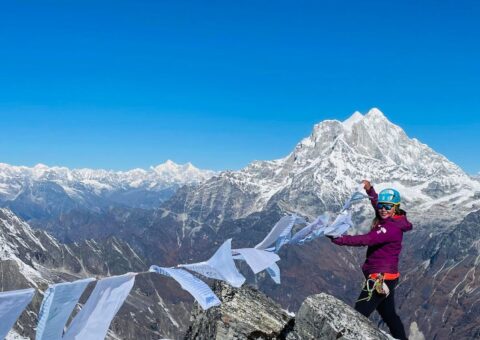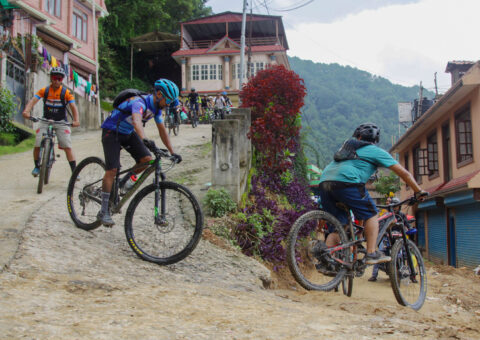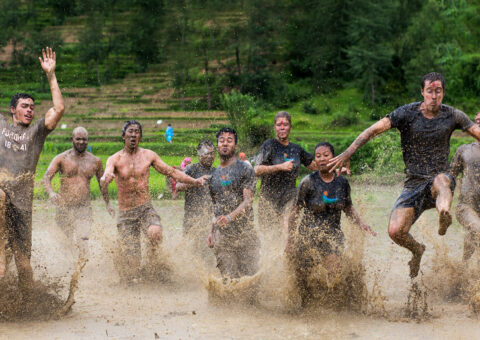Every two years, Photo Kathmandu – Nepal’s biggest photo festival – breathes new life into the city of Patan, turning streets into exhibition spaces and passersby into spectators, with festival director NayanTara Gurung Kakshapati at the helm of it all.
It was in the autumn of 2015 that we were first introduced to Photo Kathmandu. Nepal was in the midst of an economic crisis, while still struggling to find its feet in the aftermath of a massive earthquake that had shaken up the entire country that April. Things were looking grim for many Nepalis.
In such sombre times, Photo Kathmandu, an international photo festival, took to the streets of Patan and breathed new life into the city. A photo festival taking place in the heart of Patan, where many of the old, traditional buildings and temples lay in ruins, was a little unexpected. But in retrospect, that is exactly what the city and its people needed: to fall back on the arts to make and create meaning, to share a common purpose, and to become a community that stands together.
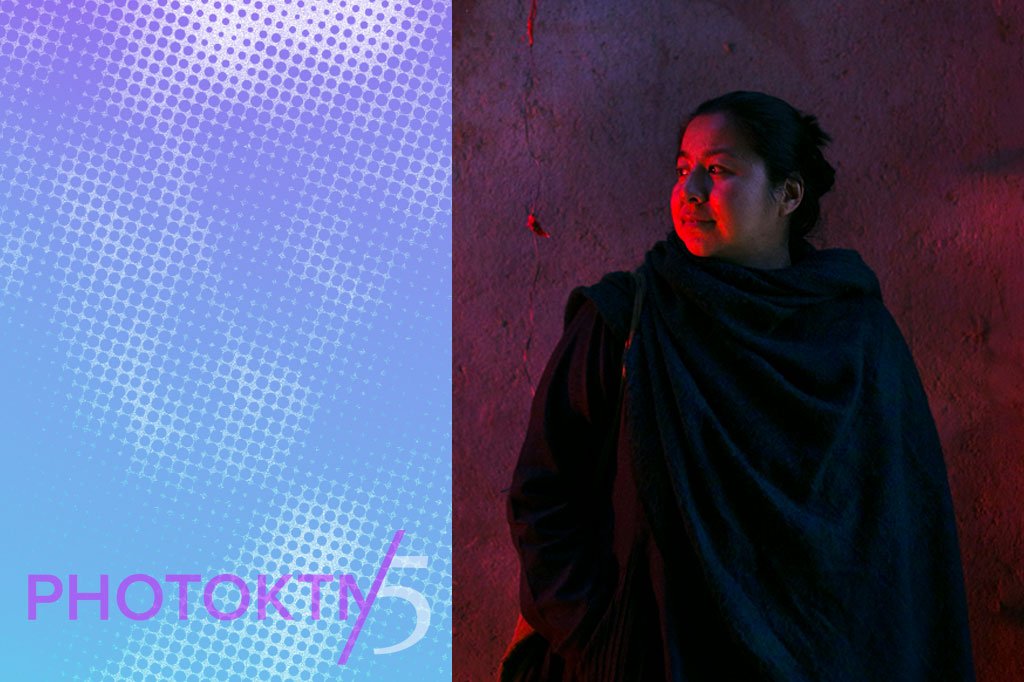
“The idea of a photo festival was in the works for a while. But we chose to go ahead with it in 2015 during such a tough time, because it felt like an important moment for something positive to happen,” said NayanTara. “For us as photographers also, we needed something hopeful to work on. In our own small way, we wanted to do something to bring people together and re-instil in them that community spirit we all needed at the time to rebuild.”
And that was exactly what it did. Since it started in 2015, Photo Kathmandu has created a sense of community among people from all walks of life by harnessing the transformative power of the arts and creating a space for conversations between the city and its public, its historical legacies and its aspirations for the future.
Through NayanTara’s vision, the festival has also been able to make art and information accessible to as many people as possible by fostering an environment of direct community interaction. To do this, the festival has always made a conscious effort not to be limited to the walls of galleries and to exhibit artists’ work in public spaces across the city.
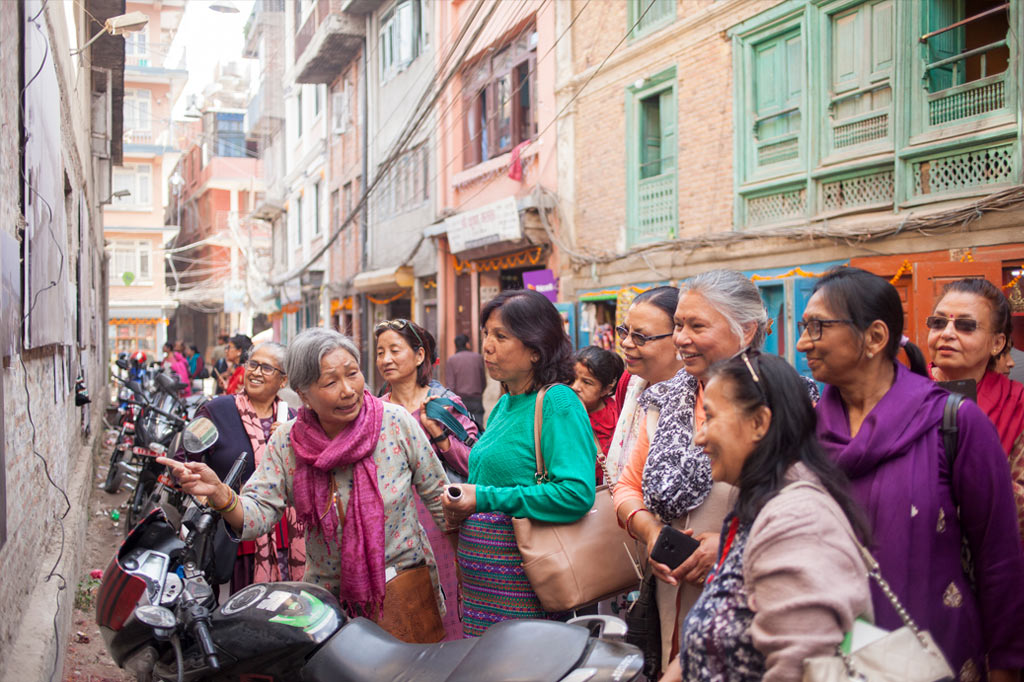
“The visual culture is very much ingrained in the way we exist and respond to the world. And the festival has become a chance for all of us to pay attention to these visuals and how we are living in this world,” says NayanTara, who is committed to building and expanding a thriving community of visual storytellers. In 2007, she co-founded photo.circle, an independent artist-led platform that facilitates learning, exhibition making, publishing and a variety of other trans-disciplinary collaborative projects for Nepali visual practitioners. In 2011, she co-founded Nepal Picture Library, a digital archiving initiative that works towards diversifying Nepali socio-cultural and political history.
During the time the exhibitions are on display, the city of Patan is abuzz with undeniable energy. Many streets, squares and other communal spaces become exhibition areas where the public is free to come in and interact with the artworks that are exhibited. In addition to the exhibitions, the festival also organises various other public-engaging programs — all of this adding to a sense of community among everyone who participates in the festival.
In an effort to engage and educate the public on different social, political and cultural issues, the photo festival also takes on different themes every year. This year, the festival’s fifth edition, which is scheduled to be held between 25 February and 31 March, is addressing a deep, gnawing issue: our relationship with the natural world.
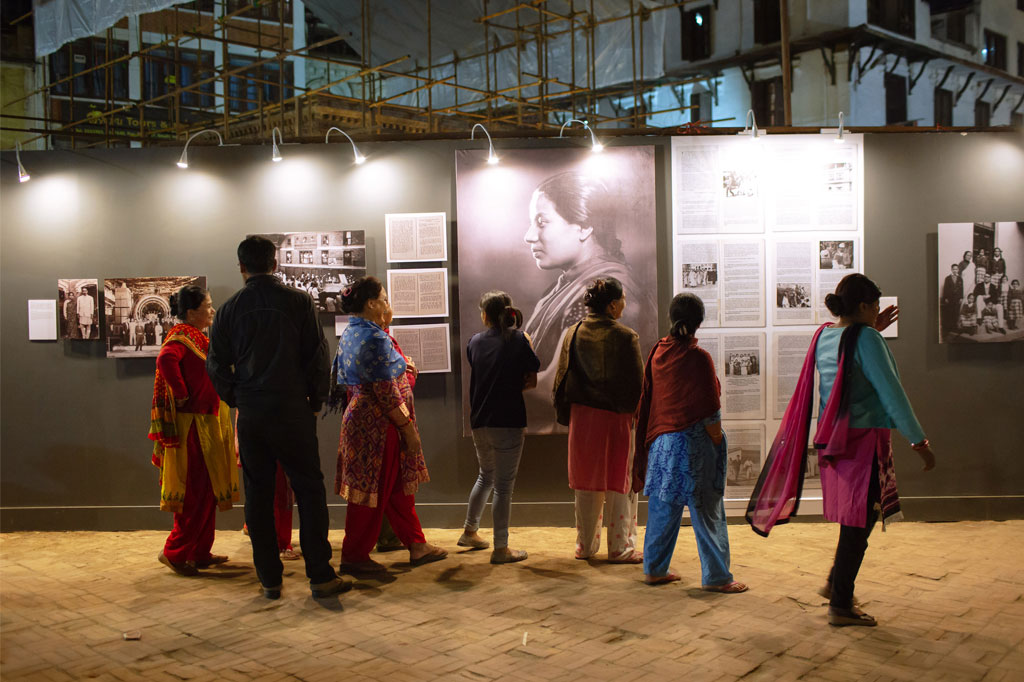
The various Nepali and international artists showcasing visual projects in the festival will question our common understanding of current environmental urgencies, our history with the natural world, and how we view it.
“The theme came about because of the pandemic. I think for many of us, the pandemic brought an unimaginable stopping of time and in many ways, that jolted us to think about the world beyond us. It made us feel like human beings are only a small part of the world; there is a much larger non-human world, which we often overlook,” she said.
NayanTara went on to explain, “Our main hope with the festival too has always been to give space to issues that are not spoken about. And to encourage people to interact with art, and feel a sense of ownership with it. We want people to look at art not as something that is incomprehensible or inaccessible, but as something that brings all of us together, to make meaning as a community”.

